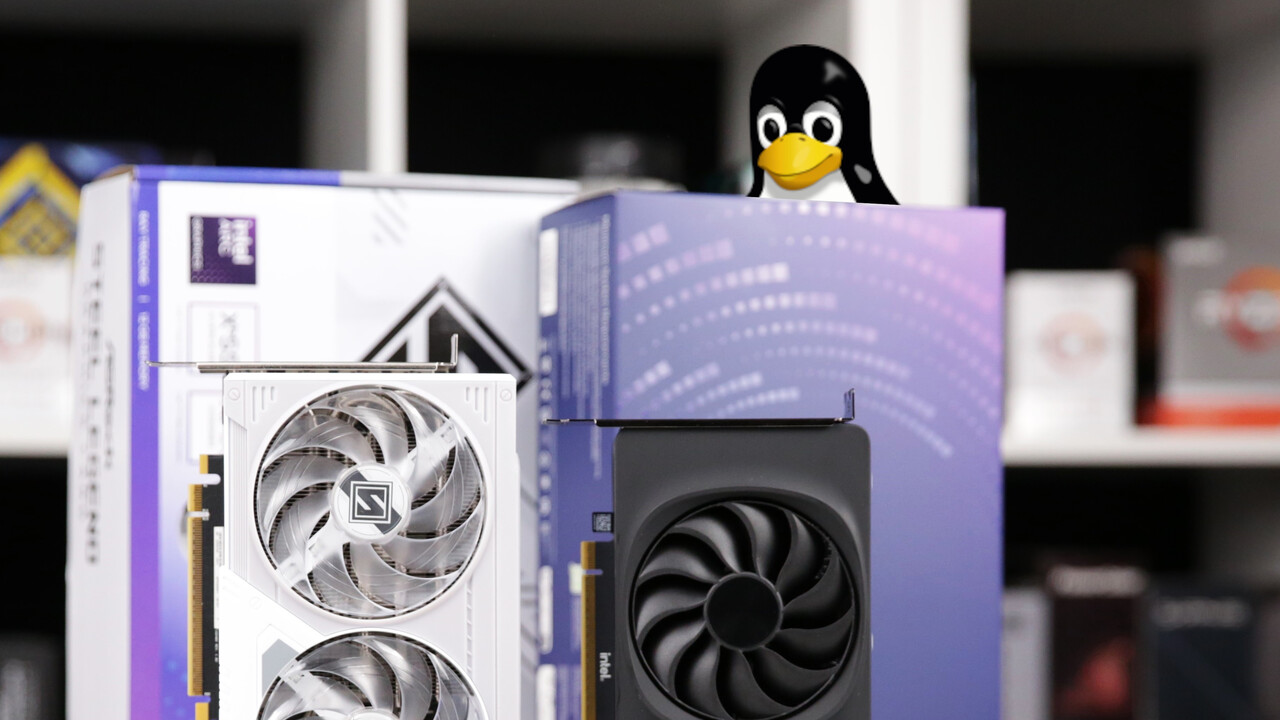Radeon RX 9070 XT: New performance rumors and first review 14 comments

Image: AMD (via Reddit)
There are new rumors about graphics cards again: now that the name “Radeon RX 9070 XT” is almost certain for AMD’s top model of the RDNA 4 generation and there is also a first photo of a reference card, new performance information is now available in circulation. which contradict previous rumors.
How fast is the Radeon RX 9070 XT?
After speculation arose a few days ago that the Radeon RX 9070 . According to the latest leak, things are looking significantly better for the new AMD graphics cards and performance is roughly where it has been expected for several months.
A rumor is currently circulating on the Chiphell forum that the Radeon RX 9070 The difference is completely unclear. It is conceivable that one of the statements – or simply both – are incorrect, or that they are completely different test scenarios.
The information on the performance of the X platform is then also retrieved by the famous leaker HXL, who also provides other technical data. The TDP of the Radeon RX 9070 XT is expected to be between 260 and 269 watts, which should apply to the reference card. Custom designs should go well beyond that; up to 330 watts are mentioned here. Additionally, the base clock should be 2.8 GHz and the boost clock should be 3.0 to 3.1 GHz. This would be a significant increase over the Radeon RX 7000 series.
An editorial analysis
The speed figures “barely faster than a Radeon RX 7900 GRE” and “up to 5 percent of the GeForce RTX 4080″ are fundamentally different, with around 45 percent separating the two graphics cards – so a rumor is necessarily wrong, or they are completely different test scenarios.
If you look at the alleged technical specifications, it quickly becomes clear: one of the rumors must actually be false. It is quite certain that the Navi 48 GPU of the Radeon RX 9070 XT will have 64 calculation units and therefore 4,096 ALUs, while the Radeon RX 7800 This means that the Radeon RX 9070 XT would have almost 7% more computing power at the same clock speed. However, one thing to keep in mind is that the Navi 32 chip in the Radeon RX 7800 XT is an MCM chip, which AMD says costs some performance. This is a difference that cannot be quantified, but should not be forgotten.
Experience has shown that the additional 7% of computing power will only be partially achieved in practice, but in conjunction with the advantages of a monolithic chip, this value can probably be implemented at 1:1: and 7 % faster than Radeon RX 7800 XT. so be very precise with the Radeon RX 7900 GRE.
If Radeon RX 9070 XT had the same clock speed as Radeon RX 7800 XT and RDNA 4 had no performance improvement over RDNA 4, the rumor would be credible. Because it’s entirely possible that RDNA 4 isn’t any faster than RDNA 3 – RDNA 2 didn’t offer any improvement over the original RDNA in this regard and RDNA 3 isn’t much faster than RDNA 2.
But in reality, all rumors report that RDNA 4 will have a significantly higher clock speed. Currently rumored, the Radeon RX 9070 (2124 MHz /2430 MHz). This would represent 23% more clock speed in the boost if we assume 3.0 GHz for the new Radeon.
With 23% more clock speed and 7% more ALU than the Radeon RX 7800 XT, the Radeon RX 9070 . With this alone, i.e. without any improvements in RDNA 4, performance should be clearly above the RX 7900 GRE and just below the Radeon RX 7900 XT – with rasterized graphics, mind you, not with the ray tracing.
If the clock speeds are correct, the Radeon RX 9070 XT should be significantly faster than the Radeon RX 7900 GRE or RDNA 4 should be significantly slower than RDNA 3, which should probably be ruled out. So either all the rumors about higher clock speed with RDNA 4 are false, or the leak about the speed just above the Radeon RX 7900 GRE is false – both together are definitely not possible realistically.
Topics: AMD Radeon graphics cards Source: Chiphell

An engineer by training, Alexandre shares his knowledge on GPU performance for gaming and creation.


